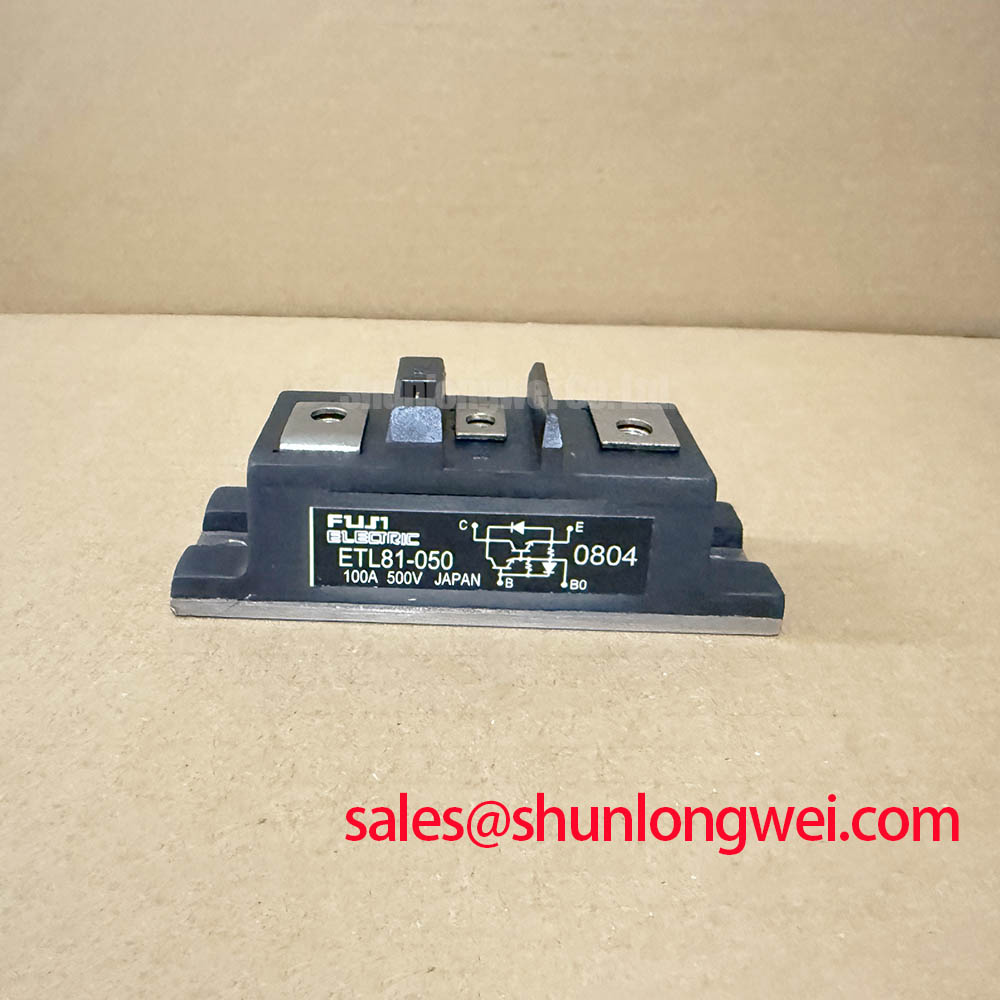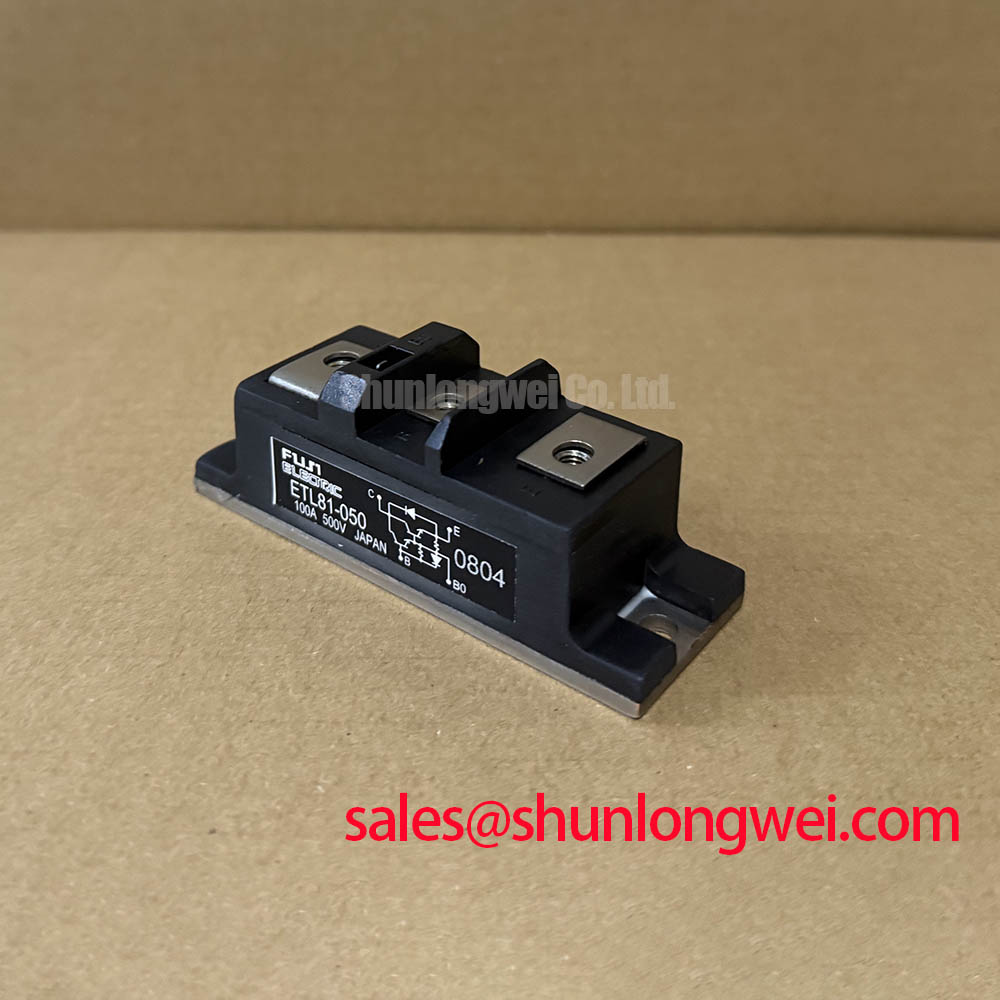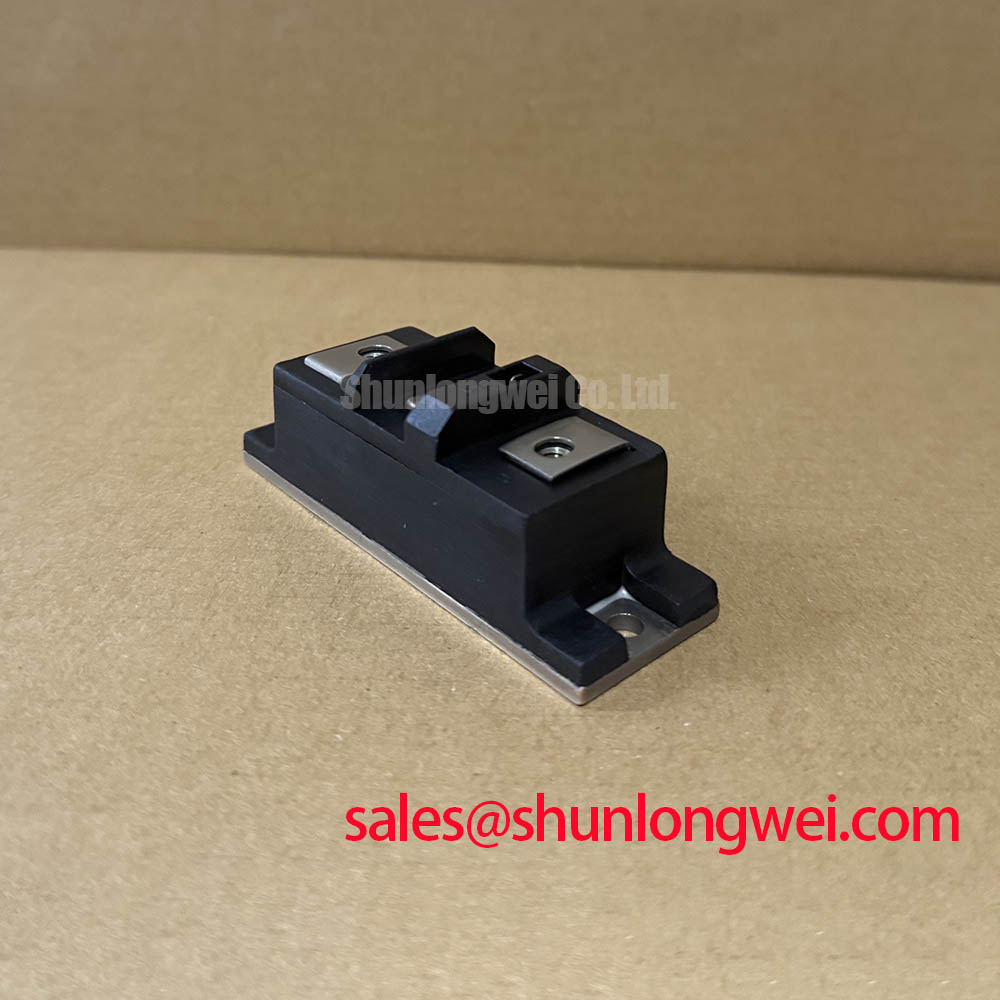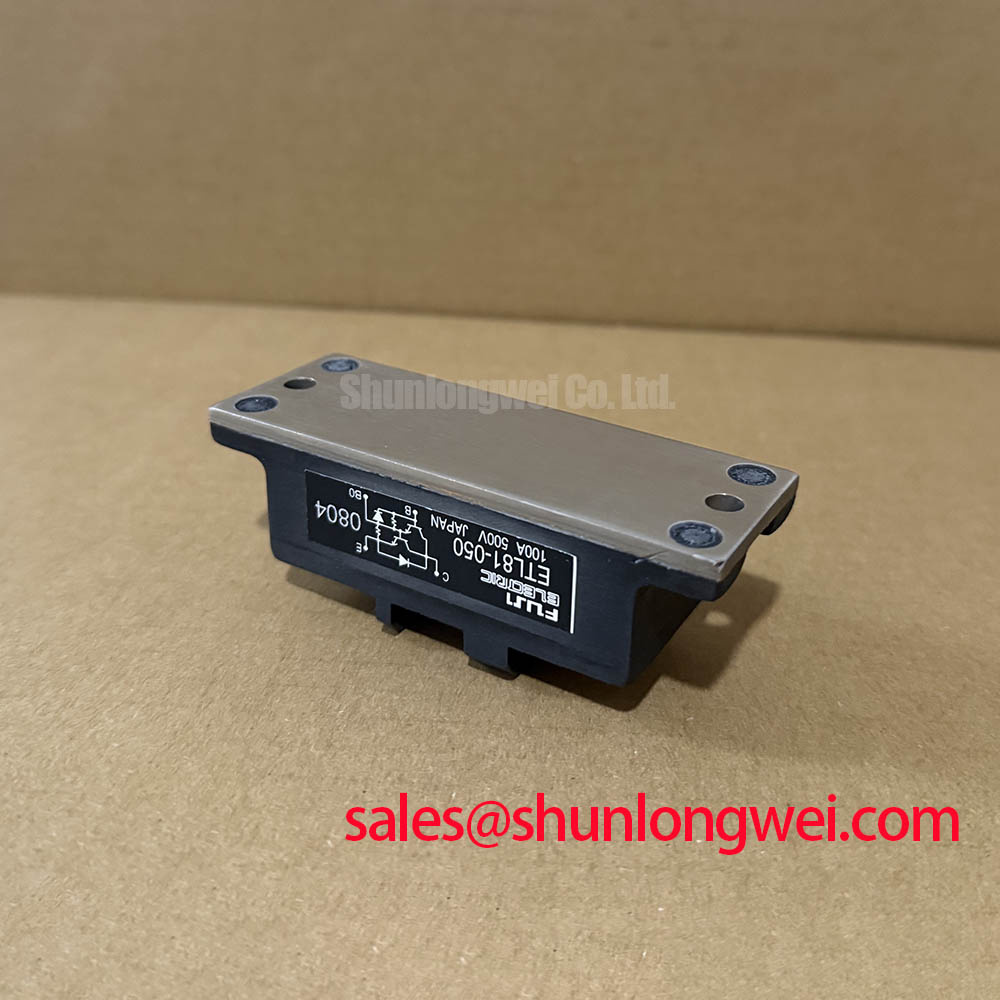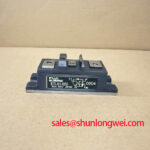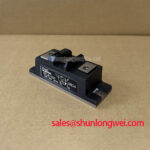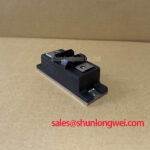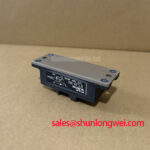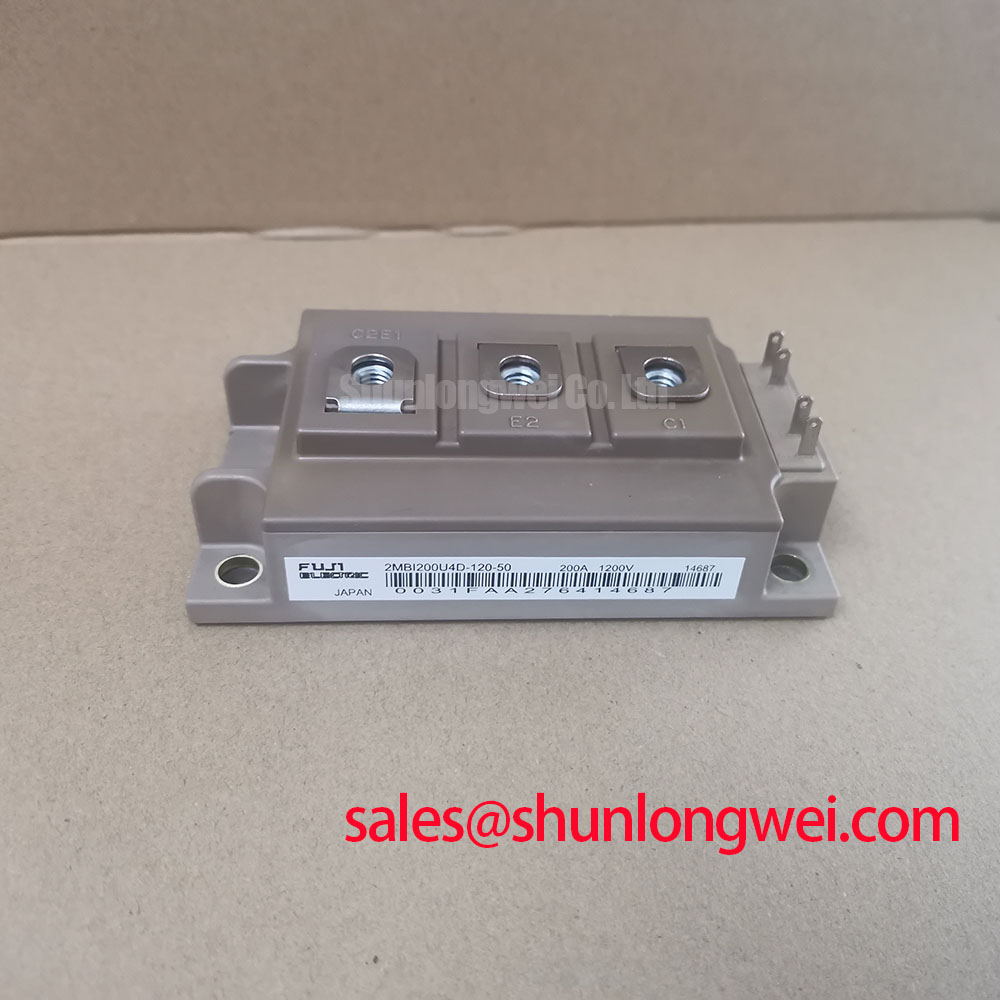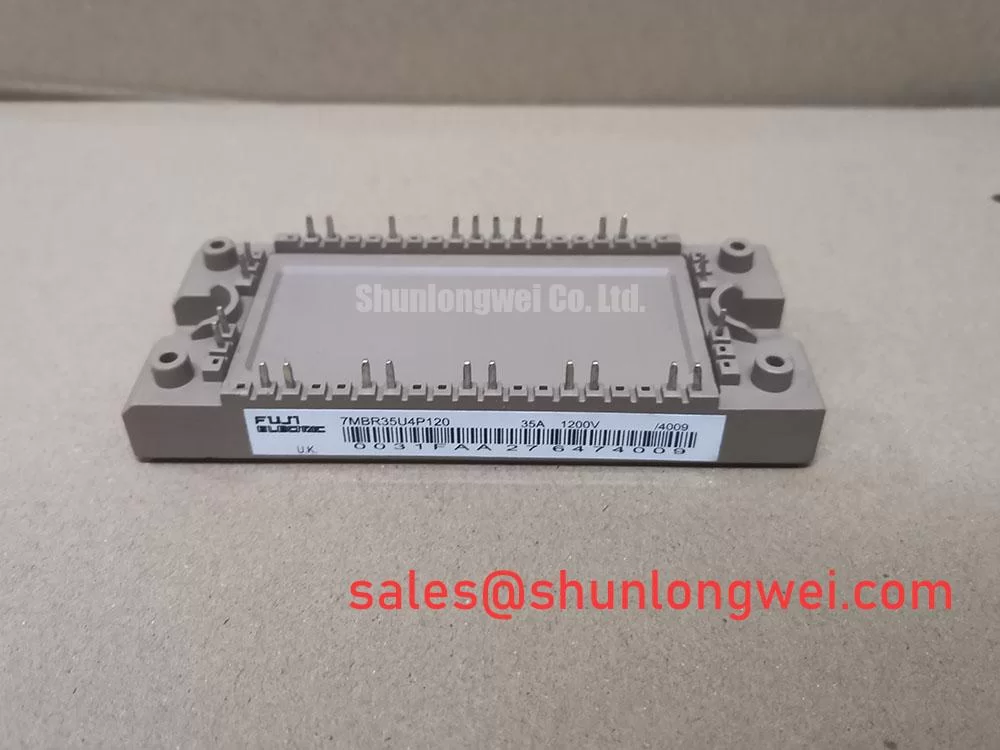ETL81-050 Thyristor Module: An Engineer's Guide to Reliability and Thermal Performance
An Engineering-Grade Component for Demanding Industrial Control
Content last revised on October 11, 2025.
The ETL81-050 is a high-reliability thyristor module engineered for superior thermal performance and long-term stability in demanding industrial power control applications. It integrates key specifications of 500V | 80A | Rth(j-c) 0.35 °C/W to deliver robust and predictable power switching. The primary engineering benefits include enhanced operational stability from its glass-passivated junction and superior thermal management capabilities. This design directly addresses the need for durable components in systems where consistent performance over a long service life is paramount. For industrial control systems requiring precise and reliable power regulation, the ETL81-050's thermal efficiency and robust build are its defining advantages.
Application Scenarios & Value
System-Level Benefits in Industrial Process Control
The ETL81-050 is best suited for phase-angle control applications where reliability and thermal stability are critical operational requirements. Its core value is demonstrated in systems like industrial heater controls, AC motor soft starters, and high-power light dimming circuits. In these environments, precise control of power delivery directly impacts process outcomes and equipment longevity.
Consider an industrial process heating system that relies on resistive loads. The ETL81-050's low thermal resistance of 0.35 °C/W is a decisive factor. This specification means the module can transfer heat away from its active silicon junction more effectively than components with higher thermal resistance. What is the primary benefit of its low thermal resistance? It allows for a smaller heatsink design or provides a greater thermal margin at a given load, ensuring the junction temperature remains well within its safe operating area. This leads to significantly reduced component stress and a longer, more reliable operational life for the entire control unit. This focus on thermal robustness makes it a cornerstone for building dependable thermal management strategies. For systems requiring a full bridge configuration, a diode module such as the SKKD162/16 may serve as a complementary component.
Key Parameter Overview
Highlighting the Core Specifications for System Design
The technical specifications of the ETL81-050 are foundational to its performance in power control circuits. The following table highlights the key parameters derived from the official datasheet, with critical values for design engineers emphasized.
| Parameter | Symbol | Value | Unit | Condition |
|---|---|---|---|---|
| Repetitive Peak Off-State Voltage | VDRM | 500 | V | Tj = 125°C |
| Average On-State Current | IT(AV) | 80 | A | Tc = 85°C |
| RMS On-State Current | IT(RMS) | 125 | A | Tc = 85°C |
| Peak On-State Voltage | VTM | 1.60 | V | ITM = 250A, Tj = 25°C |
| Thermal Resistance, Junction to Case | Rth(j-c) | 0.35 | °C/W | Max |
| Isolation Voltage | Viso | 2500 | V | AC, 1 minute |
| Operating Junction Temperature | Tj | -40 to +125 | °C |
Download the ETL81-050 datasheet for detailed specifications and performance curves.
Technical Deep Dive
The Engineering Value of Glass Passivation and Thermal Design
Two core design features of the ETL81-050 directly contribute to its reputation for reliability: the use of glass-passivated junctions and a thermally efficient package design. Understanding these elements is key to appreciating the module's long-term value.
What is the benefit of a glass passivated thyristor? Enhanced long-term reliability by mitigating surface-related failures. The glass passivation process applies a thin, hermetic layer of glass over the sensitive PN junction area of the silicon die. This can be thought of as creating a permanent, built-in shield that protects the device's electrical characteristics from being degraded by external contaminants or moisture over years of operation. This construction results in very stable off-state blocking characteristics and prevents leakage current from increasing over time, a common failure mechanism in less robustly designed SCR devices.
This internal stability is complemented by the module's external thermal design. The low junction-to-case thermal resistance (Rth(j-c)) is a direct measure of how efficiently heat can be moved from the silicon die to the module's baseplate. A lower number signifies a more efficient thermal pathway. This efficiency is crucial for preventing thermal runaway and reducing the thermal cycling stress that can lead to mechanical fatigue over time, a topic explored in depth in resources covering component failure analysis.
Frequently Asked Questions (FAQ)
How does the Rth(j-c) of 0.35 °C/W impact heatsink selection?
A lower thermal resistance value allows for greater flexibility in thermal design. It means that for a given amount of power dissipated, the junction temperature will be lower. This can allow engineers to specify a smaller, more cost-effective heatsink while maintaining the same target operating temperature, or to push more current through the device with an existing heatsink size, thereby improving the system's power density.
What is the significance of the 2500V isolation voltage?
The 2500V Viso rating ensures robust electrical isolation between the high-voltage power circuit and the low-voltage control and mounting surfaces. This is a critical safety feature that prevents electrical shock hazards and protects sensitive control electronics from damage, simplifying compliance with industrial safety standards like those from Underwriters Laboratories (UL).
Is the ETL81-050 suitable for high-frequency switching applications?
No, the ETL81-050 is a conventional thyristor (SCR) designed for low-frequency phase control applications, typically operating at mains frequency (50/60 Hz). It is not designed for the high-frequency switching found in modern SMPS or high-frequency inverters, which require devices like IGBTs or MOSFETs.
Can this module be used for controlling inductive loads like AC motors?
Yes, it is well-suited for controlling inductive loads. Its specifications are designed to handle the characteristics of AC motor control, such as in soft-starter applications where it manages the inrush current during motor startup. Proper snubber circuit design is recommended to manage voltage transients (dV/dt) associated with switching inductive loads.
Strategic Value in Industrial Systems
The ETL81-050 offers a strategic advantage for designers of industrial equipment by providing a reliable, thermally efficient, and easy-to-integrate power control component. Its design focus on long-term stability through features like glass passivation reduces the total cost of ownership by minimizing maintenance requirements and preventing costly downtime. For engineers developing next-generation industrial automation and process control systems, this module represents a foundational building block for creating robust and durable products.

